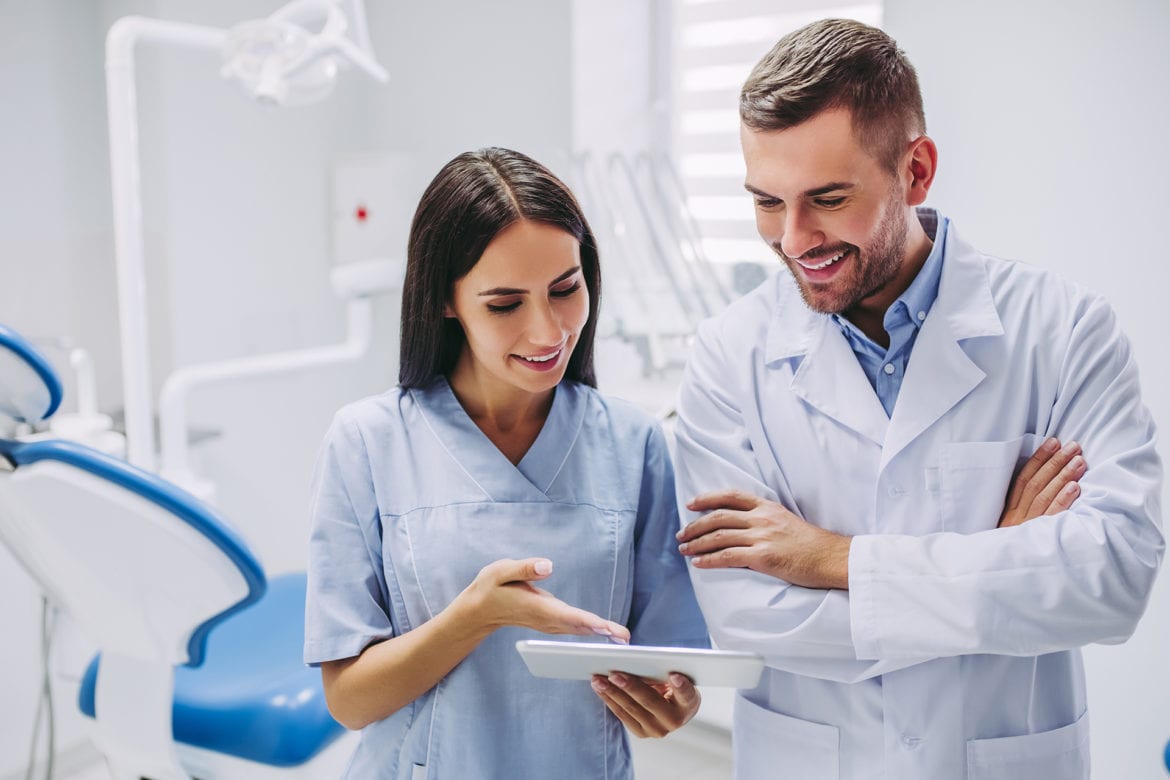General dentistry isn’t what it used to be. Gone are the days of simple fillings and routine cleanings. Today, dental care is a dynamic field, brimming with technological advancements that make visits faster, more comfortable, and even a bit futuristic.
Let’s explore the most exciting innovations in general dentistry as of 2025 and what they mean for you.
AI in Dental Diagnostics: Smarter, Faster, More Accurate
Imagine a dental assistant who never tires, never misses a detail, and can analyze thousands of X-rays in seconds.
That’s artificial intelligence (AI) in dentistry. AI algorithms now assist in diagnosing cavities, gum disease, and
even early signs of oral cancer by analyzing dental X-rays and intraoral images with remarkable accuracy.
The Maulana Azad Institute of Dental Sciences in New Delhi has implemented an AI-powered scanner named ScanOair to enhance diagnostic efficiency and decrease patient wait times.
This scanner is equipped to identify common dental conditions such as tooth decay, gum inflammation, and teeth
misalignment, thereby streamlining the diagnostic process.
These tools aren’t meant to replace your dentist. Instead, they enhance their ability to detect issues early, leading
to more effective and less invasive treatments. It’s like having a supercharged second opinion, right there in the
exam room.
Laser Dentistry: Precision Without the Pain
Laser technology in dentistry isn’t new, but it’s developing into a mature technology that is trending in 2025. More
general practices are investing in lasers for procedures such as cavity preparation, gum reshaping, and teeth
whitening. Unlike traditional drills, lasers can often treat teeth with less discomfort, reduced need for
anesthesia, and faster healing times.
Many dental clinics now incorporate cutting-edge laser technology into everyday care to reshape gums or remove
diseased tissue with pinpoint accuracy while protecting healthy areas and reducing the risk of complications.
Patients who feel anxious about drills or needles often find laser procedures more comfortable and less
intimidating.
Teledentistry: Dental Care at Your Fingertips
Teledentistry has grown from a pandemic necessity to a convenient option for many patients. Through secure video
calls, dentists can consult with patients about symptoms, provide follow-up care, or offer advice on whether an
in-person visit is necessary.
According to the American Dental Association (ADA), teledentistry not only expands access to
care but also helps reduce costs for patients and clinics by eliminating unnecessary office visits (ADA).
This approach is especially beneficial for those in rural areas or with mobility challenges, making dental care more
accessible than ever before. Plus, it saves time and can be more affordable.
Biomimetic Restorations: Restoring Teeth, Naturally
Traditional fillings and crowns are strong, but they do not always mimic the natural structure of teeth. Biomimetic
dentistry focuses on using materials and techniques that replicate the natural properties of enamel and dentin.
Biomimetic dental materials aim to better reproduce the appearance,
morphology, and strength of natural teeth while encouraging tissue regeneration. These restorations aim to preserve
as much of the natural tooth as possible while enhancing durability and reducing future fractures. Patients benefit
from more natural-looking, durable restorations that support long-term oral health.
Regenerative Dentistry: Growing Teeth Back?
One of the most exciting areas of innovation is regenerative dentistry. Researchers are exploring how stem cells and bioactive materials can encourage the regrowth of dentin, pulp, and even entire teeth.

